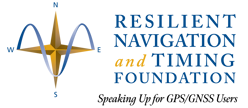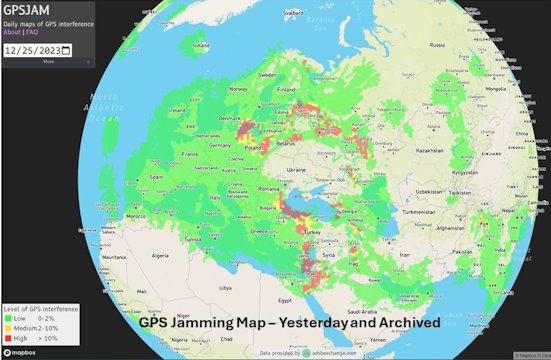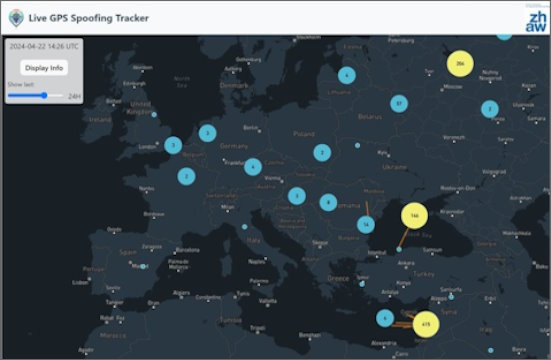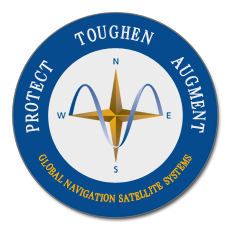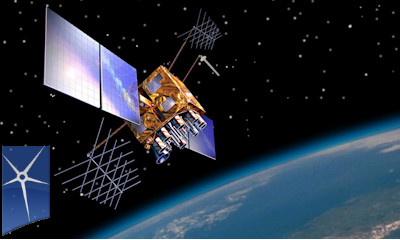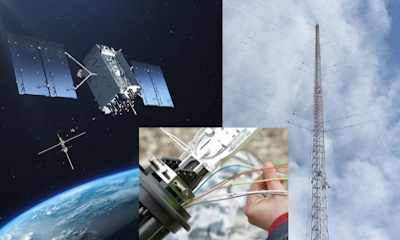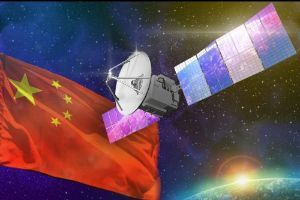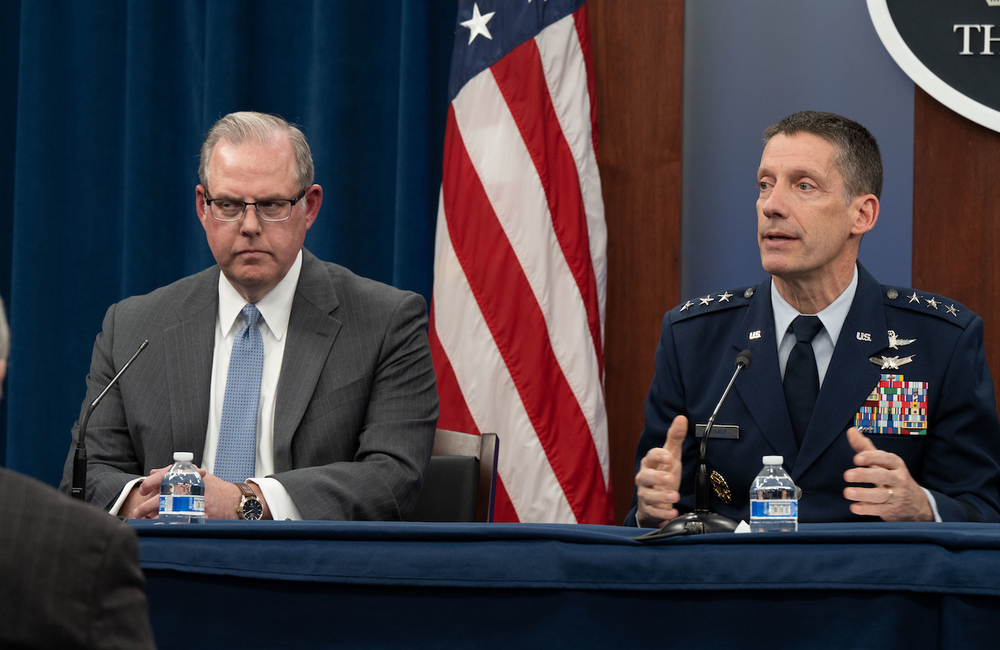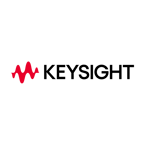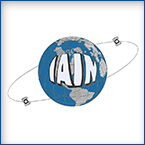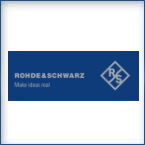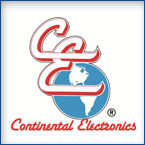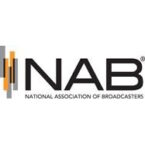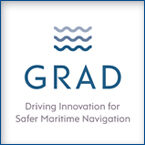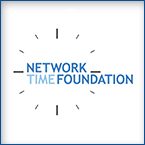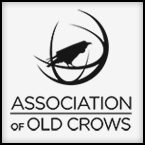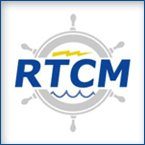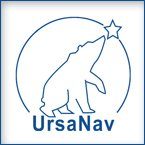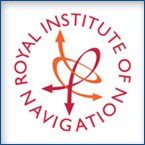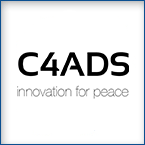The RNT Foundation is a public benefit scientific and educational charity, 501(c)3
Protect the Frequencies – By preventing interference
Toughen Receivers – With readily available technology
Augment Services – With difficult to disrupt terrestrial signals
What to do? Some recommendations.
eNewsletter Archives
From Our Blog

FCC asks about PNT alternatives – Comments due 28 April 2025
Image: FCC, Chairman Carr at recent meeting What's new: The Federal Communications Commission (FCC) has issued a Notice of Inquiry (NOI) seeking a vast amount of information about positioning, navigation, and timing (PNT) policies and systems from the public. Why it's...
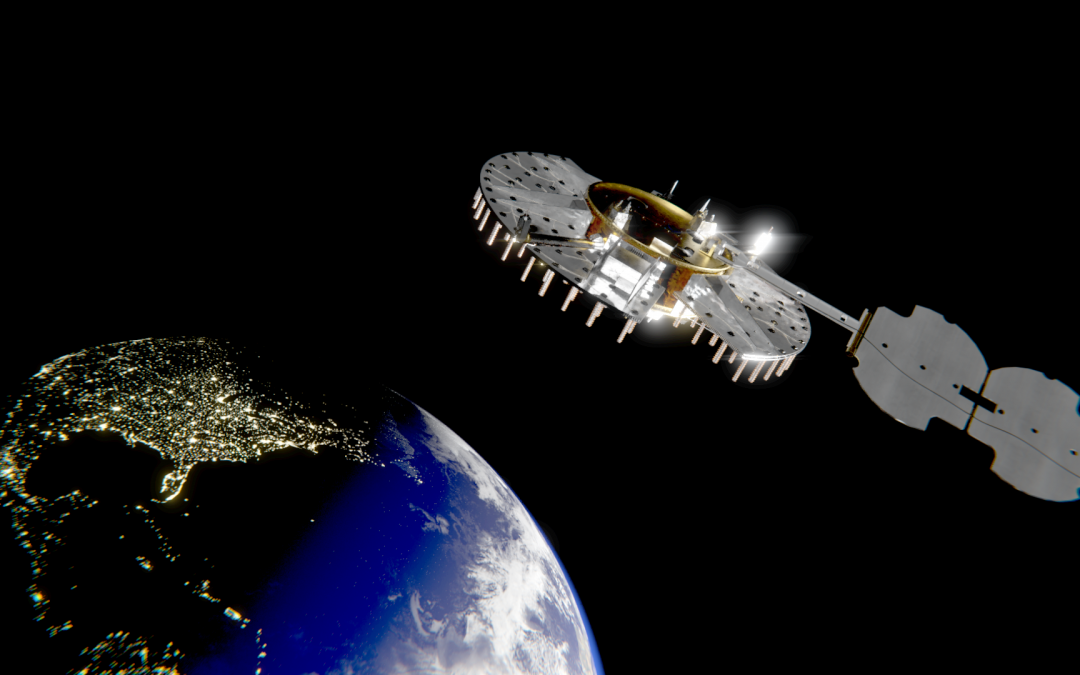
US Space Force’s NTS-3 Satellite Project Postponed – Railly News
Image: USAF-2d-Lt-Jacob-Lutz-AFRL-RV What's new: The first U.S. experimental navigation satellite in almost 50 years is delayed yet again. Why it's important: Results from the experiments planned will be delayed, as will any follow-on improvements to satellite...
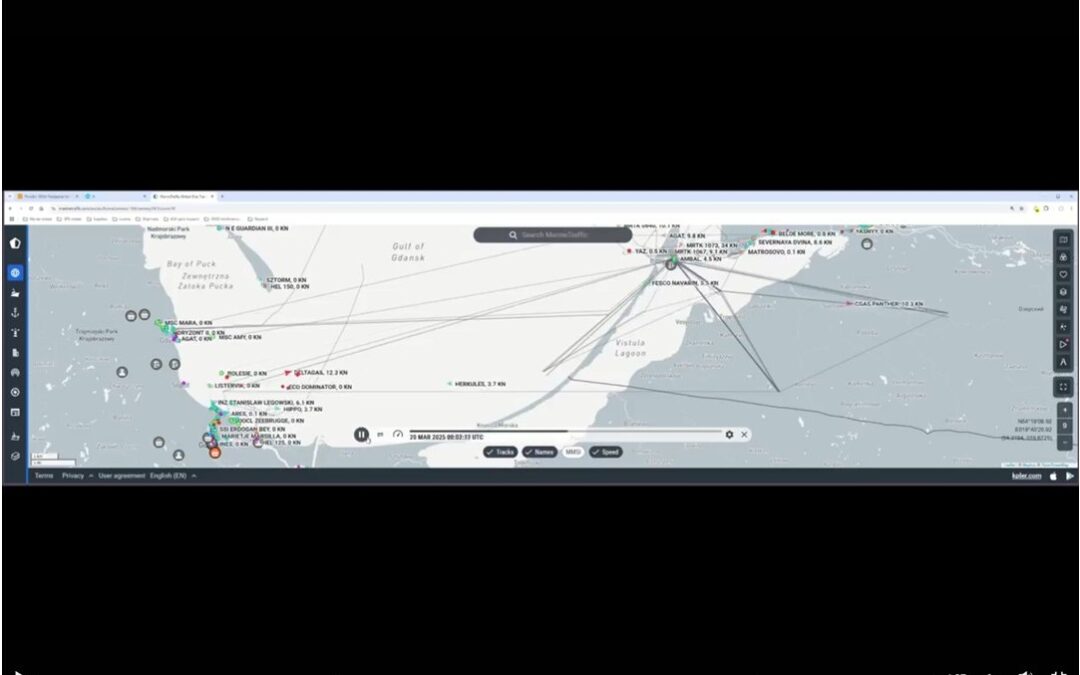
GPS spoofing makes cargo ships go supersonic – video
Image: MaritimeTraffic.com Great post last week on LinkedIn by Lorentz Ryan, Managing Director at AD Navigation AS. "Total navigational mayhem entering Gulf of Gdansk this morning. Strong GNSS spoofing attack taking place. This is "sending" most ships all around the...
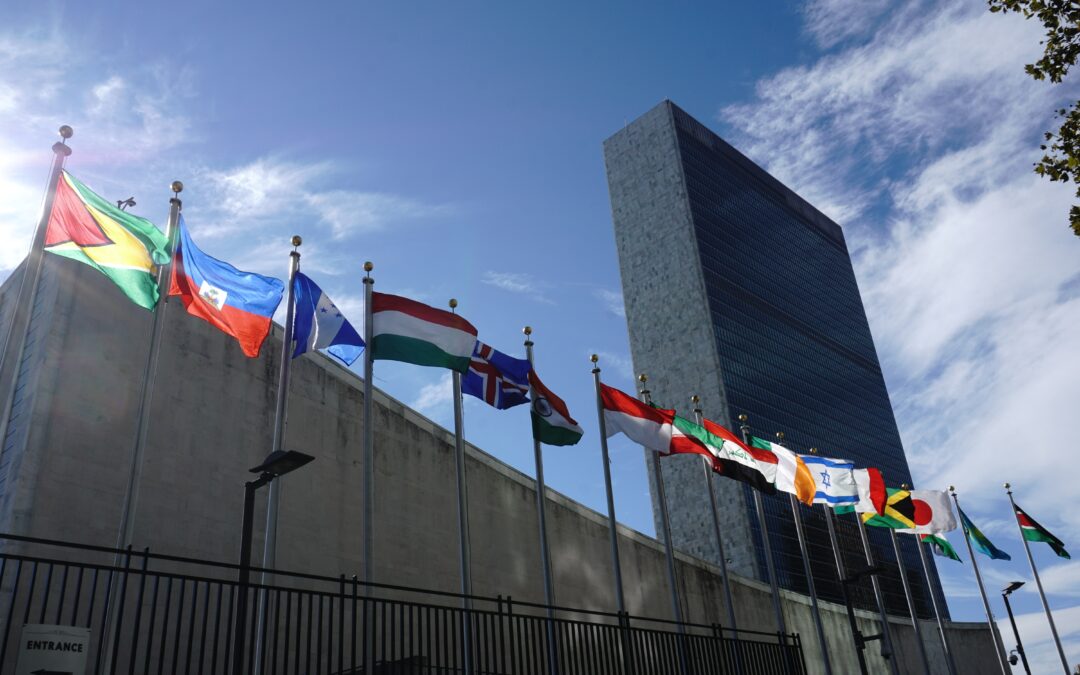
UN agencies denounce GNSS interference – GPS World
Image: Shutterstock Thanks to RNT Foundation member Guy Buesnel for bringing the joint statement to our attention! The author of the below is foundation President, Dana A. Goward. UN agencies denounce GNSS interference Est. reading time: 2:30 March 26, 2025 - By Dana...
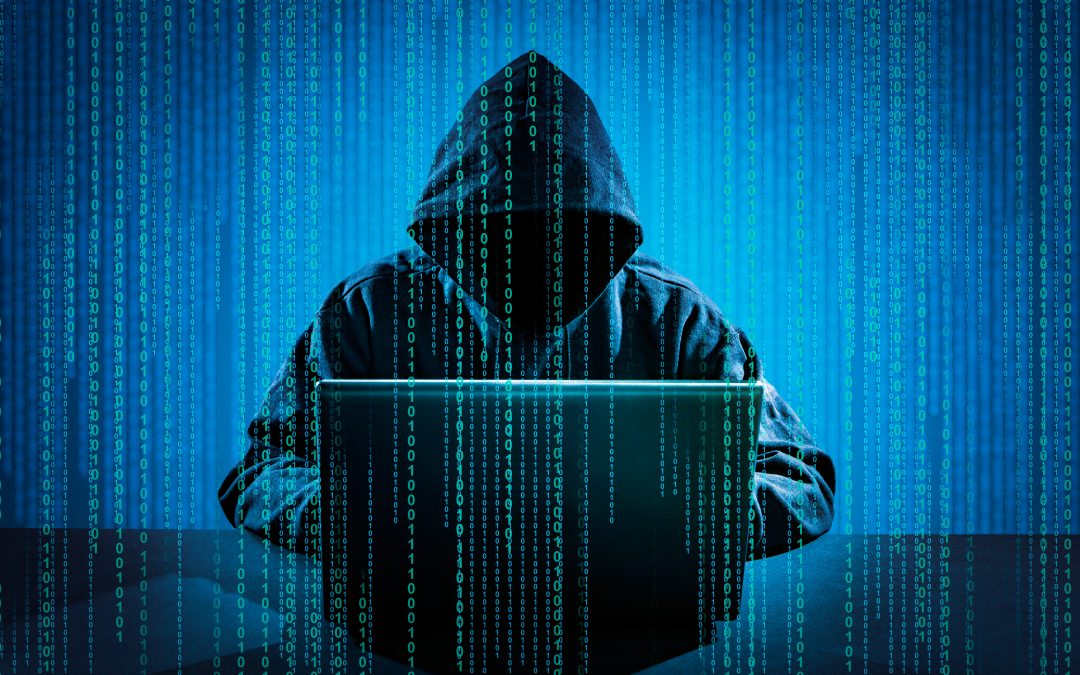
Tips to combat cyberattacks on GNSS/PNT systems – GPS World
Image: Shutterstock What's new: Continuing discussion of PNT and cyber. While interference with signals (jamming, spoofing, meaconing) is a cyber attack, GNSS receivers and other PNT equipment are also IT devices which can be interfered via other cyber vectors. Why...
